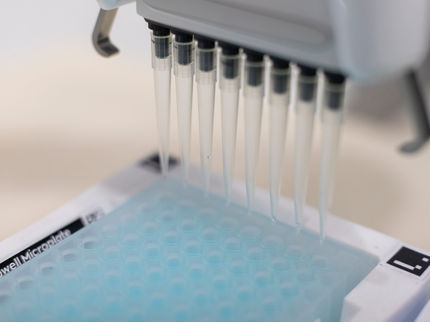Agilent Technologies and University of Technology, Sydney, Open Joint Nuclear Magnet Resonance Facility
Agilent Technologies Inc. and the University of Technology, Sydney, announced the establishment of a joint nuclear magnetic resonance research facility.
“At UTS, we’re already doing some fantastic work using NMR, including a project looking at the development of more effective fingerprinting techniques by measuring reagent reactions with amino acids,” said professor Philip Doble, UTS School of Chemistry and Forensic Science. “The establishment of this new collaborative facility will provide us with the tools we need to conduct top-quality research into chemistry, biology and forensics.”
The NMR facility will be home to cutting-edge technology to support a range of UTS staff and student research projects, including identifying and measuring drug treatments for osteoporosis, and analyzing solid tissue samples and bacteria in search of more effective treatments for osteoporosis.
This joint NMR facility (a first for Agilent in South Asia Pacific) is part of an ongoing research and technology collaboration between UTS and Agilent. The two organizations established one of the world’s first elemental bio-imaging facilities in 2008.
“Agilent and UTS Science have enjoyed a strong working relationship over the years,” said Rod Minett, general manager, Life Sciences, South Asia Pacific and Korea, Agilent. “Agilent will establish an applications lab at the facility to showcase our current technology. Working in partnership with UTS, our goal is to further enhance the capabilities of NMR to address a range of research challenges in the basic and applied sciences.”
Other news from the department science
Most read news
More news from our other portals
See the theme worlds for related content
Topic World Spectroscopy
Investigation with spectroscopy gives us unique insights into the composition and structure of materials. From UV-Vis spectroscopy to infrared and Raman spectroscopy to fluorescence and atomic absorption spectroscopy, spectroscopy offers us a wide range of analytical techniques to precisely characterize substances. Immerse yourself in the fascinating world of spectroscopy!

Topic World Spectroscopy
Investigation with spectroscopy gives us unique insights into the composition and structure of materials. From UV-Vis spectroscopy to infrared and Raman spectroscopy to fluorescence and atomic absorption spectroscopy, spectroscopy offers us a wide range of analytical techniques to precisely characterize substances. Immerse yourself in the fascinating world of spectroscopy!




![[Fe]-hydrogenase catalysis visualized using para-hydrogen-enhanced nuclear magnetic resonance spectroscopy](https://img.chemie.de/Portal/News/675fd46b9b54f_sBuG8s4sS.png?tr=w-712,h-534,cm-extract,x-0,y-16:n-xl)




















































